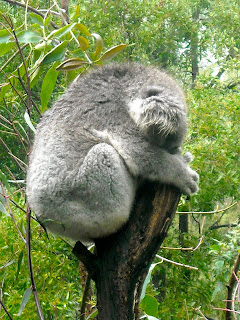

Touring the city of Melbourne for the past 3 weeks has been great. Viewing all the famous sights has been fun, but what I enjoy most are the hidden treasures of the city; the things that really give it character. There are many arcades or alleyways that include small boutiques, cafes, and amazing graffiti.
The other day we were walking around the city, seeing how Australian clothing stores compare to those in America. Bright and colorful graphics were peeping out from the corner of a small alleyway, catching my eye. I crossed the street to take a picture to find a long, narrow alleyway covered on both sides with graffiti. It was unlike anything I had ever seen. It took a dark, dingy alley people would maybe take as a shortcut to a colorful, vibrant street art gallery. The graffiti was mainly images, rather than words or slogans. There was a great deal of stencil work as well as freehand images. Images covered everything from the brick walls to the grated door coverings, varying in styles and subject matter. Some were attacks on politics or main -stream media, while others resembled the works of Tim Burton.
As I walked around Melbourne, I paid more attention to the graffiti culture around the city. I had never seen anything like this in Philadelphia. The graffiti here could be comparable to the murals painted on the sides of certain buildings in Philly, but I think the graffiti offers an urban culture vibe. Although most graffiti images are illegal, people seem to like this style and what it brings to the city. Many galleries are showing “street art” and famous graffiti artists are now starting their own businesses. A specific crew, known as the “Citylights”, has started a 24- hour light box gallery in a dead-end alley. Every month they have a new exhibition. The medium is images, inspired by street art printed onto vinyl and placed in a light box. It is amazing how "street art" can spread into different avenues and how a city culture can embrace it.













